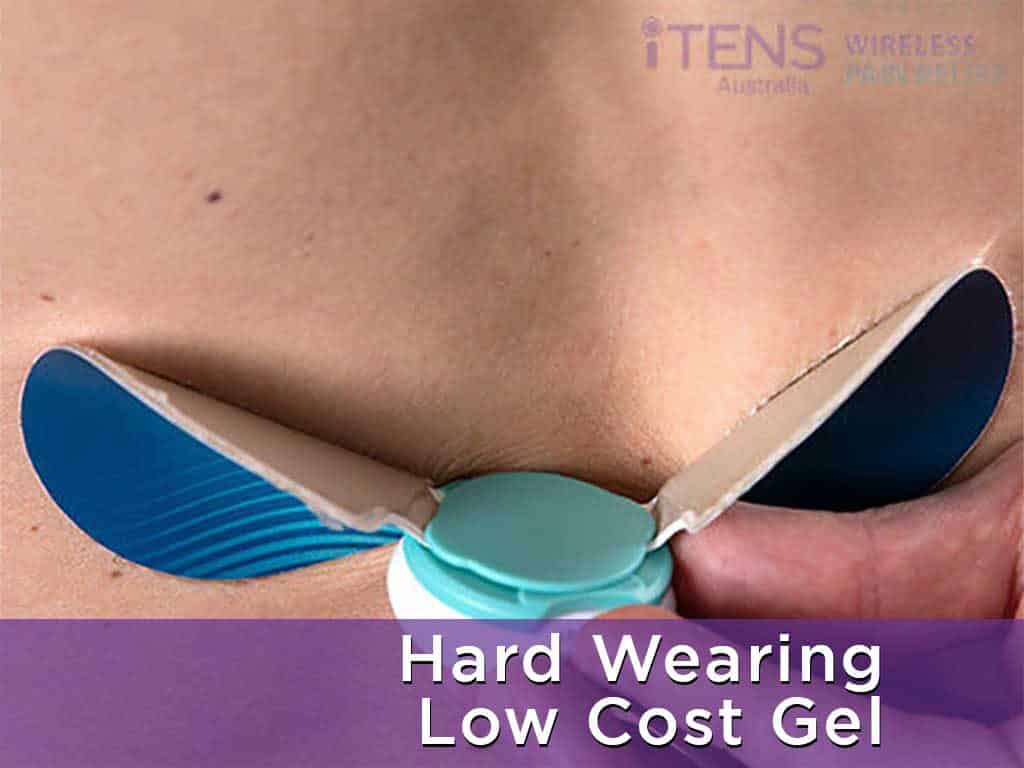
An electrical pulse massager is a portable device consisting of electrodes to deliver tiny pulses to the body through the skin. Thousands of users reported relief while using the device. Some experience the effects lasting longer even after use. The use of electric stimulation machines is beneficial, especially in physical therapy. It helps individuals with pain conditions or injuries manage their discomfort and rehabilitate faster. Nowadays, more people use these devices in their homes.
Electric stimulation is a treatment to help treat pain symptoms, improve functions, and reinvigorate muscles. In addition, many types of electrotherapy target specific systems. The most common ones are Transcutaneous Electrical Nerve Stimulation (TENS) and Electrical Muscle Stimulation (EMS). Each type has different purposes and benefits. The following sections will talk about pulse massagers and their functions, effectiveness, and safety precautions. Knowing how to use them properly could help maximise their effectiveness.
The Functions of an Electrical Pulse Massager
An electrical pulse massager may come as a TENS or EMS machine. Some devices may combine both functionalities, such as the iTENS from iTENS Australia. It sends mild electrical currents through adhesive pads attached to the body to stimulate the nearby nerves, muscles, and tissues. An EMS machine delivers deep stimulation to the muscle groups, causing them to contract repeatedly. Thus, it helps strengthen and recondition weak muscle fibres and boosts circulation for faster healing of injuries.
A TENS machine targets the peripheral nerves for pain relief. The stimulation overrides the nervous system, causing the “neural gates” in the spinal cord to close. As a result, it blocks pain signals from reaching the brain. TENS also induce the release of endorphins, the body’s natural painkillers. They are hormones that inhibit the nerves from sending pain messages. It also helps reduce stress and improve well-being. TENS helps relieve various acute and chronic conditions.
Electrical pulse massagers use varying frequencies for different treatments or therapeutic effects. In particular, EMS utilises higher pulse rates and intensities for effective muscle stimulation. On the other hand, TENS has a broader parameter range to achieve pain relief. A high-frequency TENS activate the pain gate controllers, while low-frequency TENS triggers endorphins. Trying different settings can help find optimal results.
Benefits
TENS
- Relieves musculoskeletal and nerve-related pains. It includes chronic disorders like arthritis, sciatica, fibromyalgia, and tendonitis
- Facilitates faster healing of damaged tissues, muscles, and nerves from an injury or post-surgery
- Reduces inflammation
EMS
- Strengthens weak muscles
- Increases muscle mass
- Reduces spasms
- Increases blood flow
- Improves muscle tone
- Reverses atrophy

Electrical Pulse Massagers and their Effectivity
With the increasing use of electrotherapy devices, one may wonder how effective they are. Many trials show that an electrical pulse massager like TENS helps alleviate symptoms in chronic pain patients. It is also a safe and non-invasive method of pain management. However, the results may vary between individuals. Some people may find a TENS machine helpful, while others reported minimal significant effects. Individuals may also experience pain relief ranging from several hours to a day.
EMS machines promote muscle strengthening and building. Many athletes and fitness enthusiasts incorporate EMS therapy in their training programs. Like TENS, the results may also differ. Studies show consistent use increases muscle mass by 1% and improves overall muscle functions. Some may also use it for weight loss. Nevertheless, it should not be used as a replacement for physical or conventional exercises and workouts. You may consult an expert for proper guidance on starting EMS therapy for effective results.
The efficacy of electrical pulse massagers depends on the proper application of the device. Some may respond positively to electrotherapy, while others may not. Therefore, it is essential to explore various methods to find the most suitable treatment. For example, some people combine TENS with physical therapy for more comprehensive pain management. Similarly, integrating EMS with exercise maximises their benefits rather than using it independently.
Applications of TENS and EMS
TENS and EMS are suitable for:
- People with acute and chronic pain in physical therapy centres
- Stroke patients to improve mobility and sensation
- For muscle building and strengthening in sports and fitness programs
Who should avoid TENS and EMS:
- Pregnant women (during early stages)
- People with heart conditions or epilepsy
- People with electrically implanted devices

Safety Precautions of Electrical Pulse Massagers
Electrical pulse massagers and therapy devices are generally safe to use. Individuals may purchase a TENS machine for home use without supervision. Moreover, it does not have the risk of developing harsh side effects. Despite this, there are several precautions to remember when using these devices. Firstly, follow the recommended treatment duration ideal for a particular condition. Allow a 20-minute break between sessions to avoid nerve damage, skin irritation, or burns.
Secondly, place the electrodes on clean and dry skin. Use clean gel pads to adhere well and prevent them from coming off. Ensure the device is off before putting and removing them. Thirdly, begin the treatment at the lowest settings and increase them gradually. For TENS therapy, you may feel tingling sensations with slight muscle twitches. However, it should not cause rigorous contractions. Should you feel more pain, check the settings and adjust them to a more comfortable level.
Electrical pulse massagers are non-invasive devices that let you do other activities while wearing them. Nonetheless, do not use them while driving or operating equipment. Likewise, refrain from using them while sleeping, as they may cause burns from prolonged placement on the skin, or they may accidentally come off. Lastly, since they are electrical devices, do not use them in the shower, near water, or in places with high humidity.
Additional Tips
- Only place the device on the body parts you want to treat, but avoid sensitive areas like the head, throat, joints, and spine.
- Position the pads one-inch apart
- Do not place the pads on open wounds or infected skin.
- Use devices in good working order with approved accessories.
Conclusion
Pain and soreness are prevalent in working adults. Many people resort to using electrical pulse massagers to reduce inflammation and other discomforts. When used properly, these devices could help minimise pain and improve physical functions. People with acute or chronic pain experience fast pain relief using a TENS device. Similarly, individuals looking to enhance muscular conditions or performance may use EMS therapy as a complementary technique. Furthermore, you may consult a professional to see if TENS or EMS is suitable.
The iTENS from iTENS Australia combines the efficacy of TENS therapy with digital health technology for a more efficient and comprehensive treatment. It also has massage and muscle relaxation settings to help relieve muscle pain. iTENS is the first FDA-cleared wireless TENS device proven safe for personal use. A therapy device like TENS may be a worthwhile investment, especially for individuals with chronic pain or prone to injuries.




















